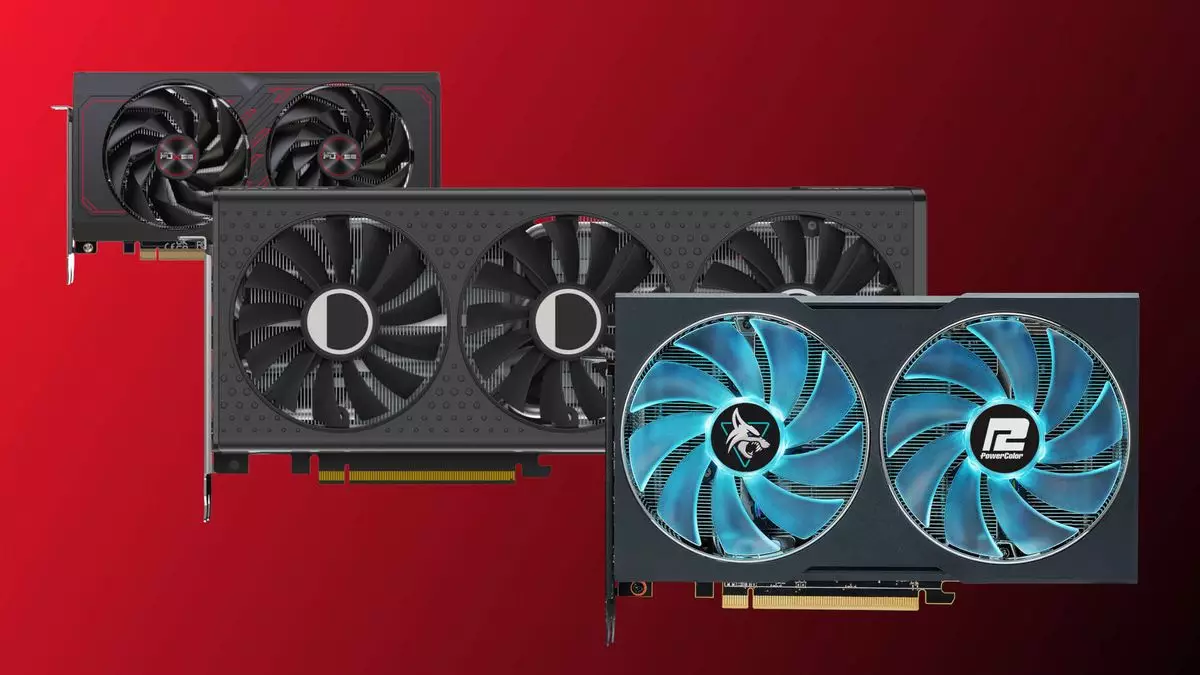AMD’s upcoming RDNA GPUs are poised to shake up the market by offering budget-friendly options that cater to mainstream gamers. However, the ambitious goal of doubling market share from 19% to 40% or even 50% presents a significant challenge. While AMD’s focus on affordable GPUs is strategic, it remains to be seen if this approach will be enough to compete with Nvidia’s dominant position in the market.
Lessons from the CPU Market
Looking at AMD’s history in the CPU market provides valuable insights into the challenges of gaining market share. Despite producing competitive products with the Ryzen CPUs, AMD only managed to increase its market share by 11% over seven years. This slow progress highlights the difficulty of breaking into a market where competitors hold a strong position.
Unlike the CPU market, where AMD has made some headway, Nvidia’s dominance in the GPU market presents a tougher challenge. Nvidia’s innovation in features like ray tracing, upscaling, and frame generation has solidified its position as a leader in GPU technology. Convincing consumers to switch from Nvidia to AMD will require more than just offering competitive performance and pricing.
Graphics card preferences are influenced by a wide range of factors, from raw performance to specific features like ray tracing. Nvidia’s early adoption of hardware ray-tracing acceleration and performance superiority in rendering technologies have established a strong association between Nvidia and cutting-edge GPU technology. Convincing consumers to switch allegiances will require a comprehensive and sustained effort from AMD.
The Need for Gradual Progress
While AMD’s goal of reaching 50% market share is commendable, achieving this milestone will likely be a gradual process. The shift in focus towards mainstream GPUs, with the Navi 48 and Navi 44 GPUs, may be a pragmatic move in response to challenges in developing high-end chiplet technology. AMD’s return to the high-end GPU market may hinge on future advancements in chiplet technology, indicating a long-term strategy for market expansion.
AMD’s plan to capture a significant portion of the GPU market from Nvidia is a challenging endeavor that will require perseverance and innovation. While the introduction of the RDNA 4 GPUs at CES shows promise, the path to 50% market share will likely be gradual and require multiple generations of competitive products. Convincing consumers to switch from Nvidia to AMD will depend on a combination of performance, features, and strategic positioning in the market. Only time will tell if AMD’s efforts will pay off in the long run.

